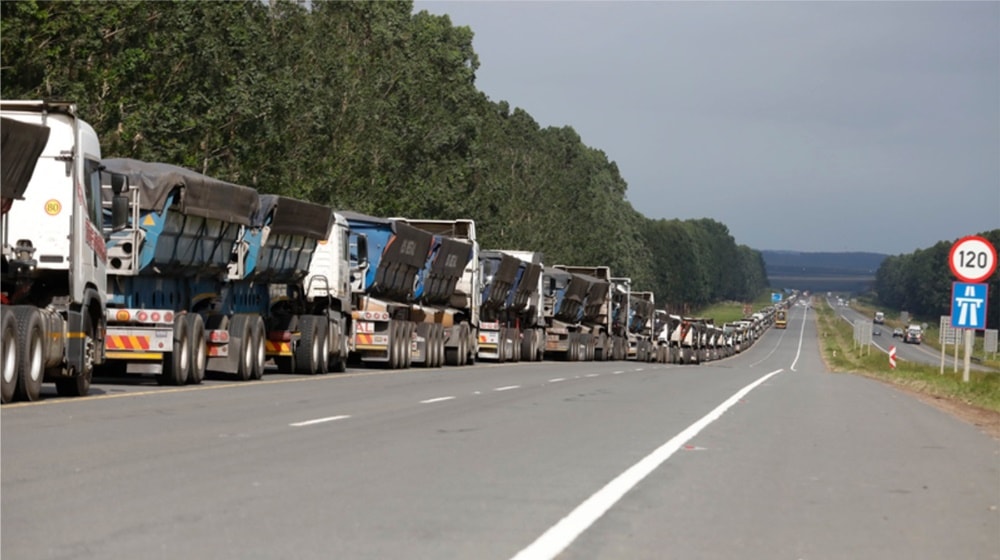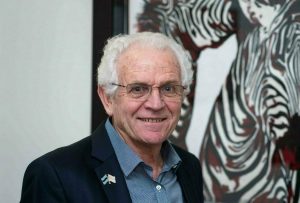Transnet Freight Rail (TFR) has increased its quantity of coal trains from 21 to 28 locomotives per week at the Richards Bay port in KwaZulu-Natal. This is part of Transnet’s recovery plan and a commitment by the uMhlathuze city council and other stakeholders.
“The objective of the increase is to lighten truck load and move volume from road to rail,” says Theo Johnson, acting chief executive of the northern corridor. “All Transnet customers who transport goods en route to the Richards Bay port were approached directly to indicate whether they would be interested in a test train service.
The purpose of the test was also to enable Transnet and its customers to determine what are the capacities of train load and determine the rail friendliness for cargo for each of the parties transporting goods by road to the port.
The status of the network, train handling times and turnaround times were also tested.
“By 31 March 2024, TFR has moved a total of 106,000 tonnes from road to rail while removing around 3,100 truck loads from the roads (this equates to 6,200 truck trips if the empty route on the way back is taken into account.”
So far, seven customers, the majority of which previously transported 100% freight by road, have been part of the test. The process of testing the rest of the clients continues. It depends on available capacity on a weekly basis.
The initiative was presented with a clear stipulation that it does not amount to a commitment to railway capacity over the long term, as there is a structured ongoing process for capacity allocation, adds Johnson.
The increase in locomotives is the latest positive development after the coal export conveyor belt, which was out of action for two years due to fire damage, was fully operational again at Richards Bay, according to Transnet Port Terminals (TPT).
After thorough tests were successfully carried out by the end of December, it has already removed more than 400 trucks from the roads.
The band is one of three that were destroyed by fire in October 2021. The 2.2 km long conveyor belt has an output of more than 3 million tonnes per year. Procurement processes to restore the remaining two are at an advanced stage.








